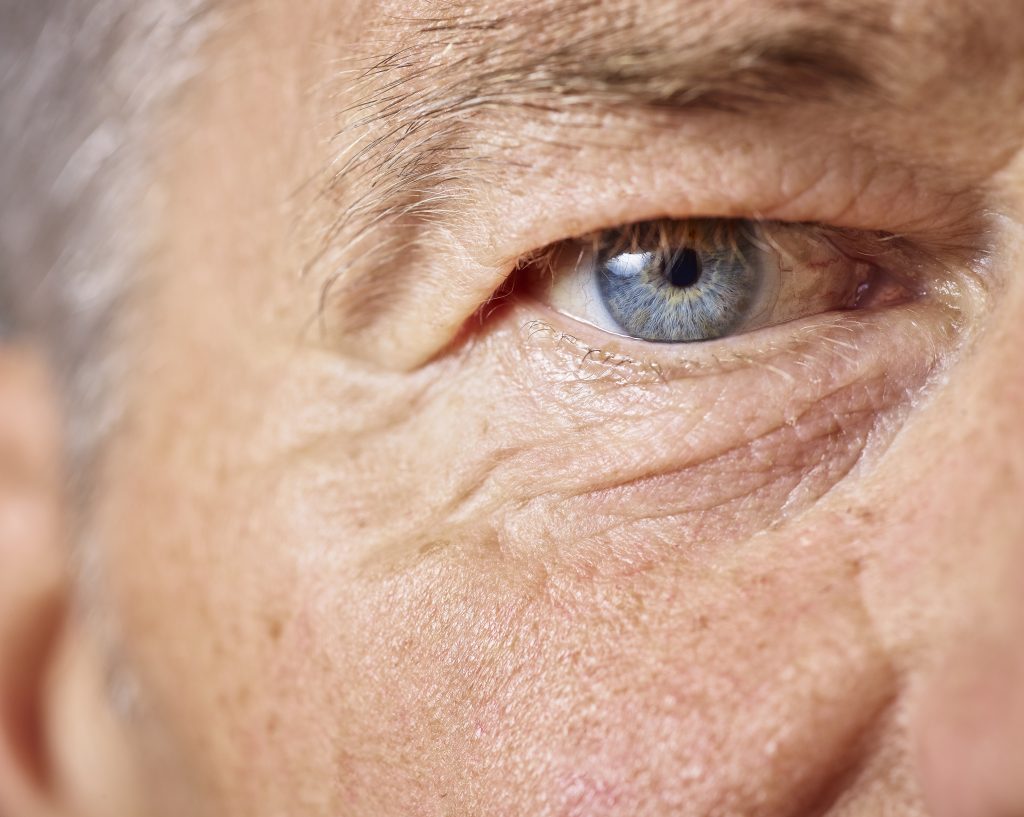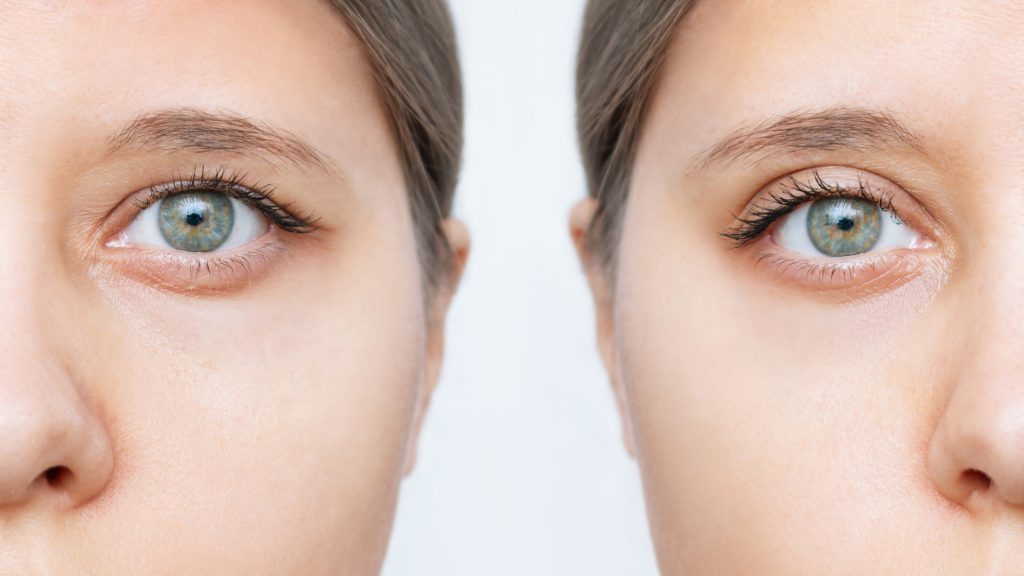Ptosis
(Upper Eyelid Surgery)
Ptosis (pronounced toe-sis) can either be apparent at birth (congenital) or develop with age (involutional).
A child with congenital ptosis may tilt his or her head backward in order to see, so the condition does not always lead to poor vision. However, children with ptosis should be examined by an ophthalmologist (Eye M.D.) because they may have other associated eye problems.
Surgery to correct ptosis is commonly recommended in the preschool years to improve appearance and make it easier for the child to see. The type of surgery varies, depending upon how much the eyelids droop.
Involutional ptosis develops with aging. It may worsen after other types of eye surgery or eyelid swelling. Ptosis may limit your side or even your central vision. If ptosis occurs in one eye, it may create an uneven appearance. Surgical shortening of the muscle that opens the eyelid will often lead to better vision and improved appearance.
Dermatochalasis
(Excessive Upper Eyelid Skin)
Over time, many people develop excess eyelid skin. Eyelid skin is the thinnest skin of the body, so it tends to stretch.
In the upper eyelid, this stretched skin may limit your side vision. The same problem causes “bags” to form in the lower eyelids.
The excess skin in the upper eyelids can be removed surgically by a procedure called blepharoplasty. It improves side vision and other symptoms. Removal of the excess skin in either the upper or lower eyelids may improve appearance. If excess fatty tissue is present, it may be removed at the same time.
Ectropion
(Outward Turning of the Lower Eyelid)
Stretching of the lower eyelid from age may cause the eyelid to droop downward and turn outward. This condition is called ectropion. Eyelid burns or skin disease can also cause this problem.
Ectropion can cause dryness of the eyes, excessive tearing, redness and sensitivity to light and wind. Surgery usually restores the normal position of the eyelid, improving these symptoms.
Entropion
(Inward Turning of the Lower Eyelid)
Entropion also occurs most commonly as a result of aging, infection and scarring inside the eyelid are other causes of entropion. When the eyelid turns inward, the eyelashes and skin rub against the eye, making it red, irritated, watery and sensitive to light and wind.
If entropion is not treated, an infection may develop on the clear surface of the eye called the cornea.
With surgery, the eyelid can be turned outward to its normal position, protecting the eye and improving these symptoms.



